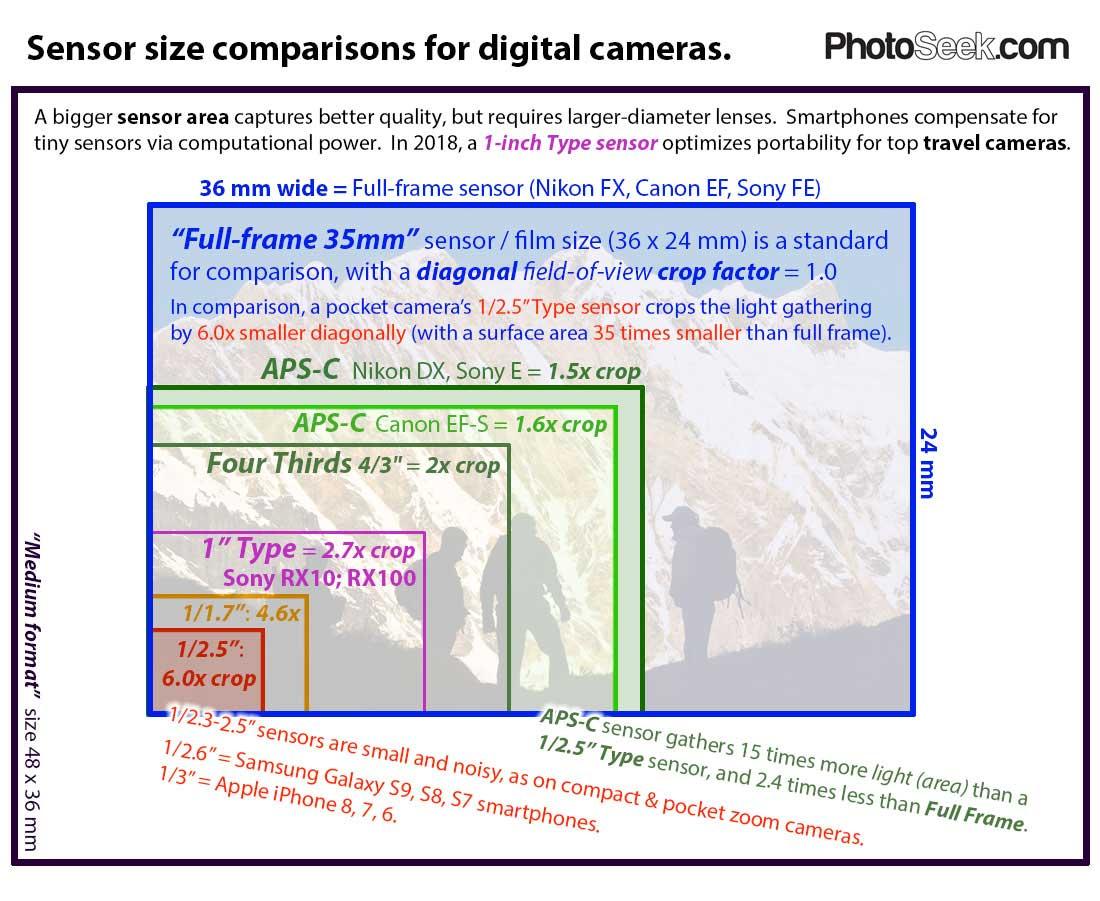Page 1 2
Go  | New  | Find  | Notify  | Tools  | Reply  |  |
Member |
I see bendable beat me to it. But one note, I wish I had bought one size larger. I have to fill these things every single weekend. I have some hungry birds. | |||
|
Don't Panic |
Two here within 20 miles, maybe it's a Southern thing? Sorry to hear they're thin on the ground up there. It's a good way to get repeat customers, taking in their gently-used stuff and giving credit towards the ever-newer, incrementally better stuff. The one about 5 miles away is where I've traded in a sequence of Olympus MicroFourThirds mirrorless bodies over the years, keeping up with their state-of-the-art as I chase autofocus for birds, vibration compensation and low-light capabilities in a relative lightweight form factor. They're not likely to be within the price range being discussed by the OP, even used, or I'd have recommended the OM stuff from Olympus. | |||
|
| Thank you Very little  |
We have that feeder and it's not tree rat proof by any means, at least ours have decided to not try for food by mounting it, they now have figured out how to knock it off it's S hook. Yep the little foookers knock the whole thing down on the ground. We put in the "hot hot hot" bird food from Ace, for a while that kept the tree rats at bay because supposedly they don't like hot taste and the birds don't care. Can't shoot at the little fooker because there is a golf course behind us and that might upset the gooofers.... Going to have to come up with a system to hold it on the tree so they can't knock it down, maybe replace the S hook with a climbing carabiner, electrically charge it with a 9v battery, or a small claymore.... | |||
|
Member |
Bird images require a very basic level of photographic equipment and technique. 1. Lens must be "long" enough to allow close up view from patio, porch, kitchen window, etc. 2. Lens must be "fast" enough. No one can afford a fast lens these days, but you would be surprised how "slow" the telephoto lens of a point-and-shoot camera is. The Sony RX10 Mk IV camera is an example . When zoomed out, for birds, its maximum aperture is quite small. This is a problem in the low light of the morning or evening feeding, especially if the feeder is in the shade. 3. Camera sensor must be large enough. Again, the Sony RX10 Mk IV sensor is really not large enough. All the write ups say it is. But, for my simple backyard shots, it is not. The sensor called APS-C is about the minimum I would purchase. 4. Camera shutter speed must be fast enough for those shots of a bird flitting away. You would be surprised at how fast a wing moves. 1/2000 s shutter speed might stop the wing movement. 1/1000 s shutter speed will be a blur. So, if you set the shutter speed to 1/2000 s, have a slow lens, and have a small sensor...picture is of low quality. 5. User must know how to set the focus point. If you use "automagic" mode, the focus point is often NOT the bird's eye. So, you lose that crispness that your eye sees. The user must know how to operate the camera. I find it challenging but rewarding. I would purchase, if I had $1000, the Canon APS-C camera and lens. As an example, the 7D Mk II body and the 55-200mm lens. Both are very affordable, from KEH or MPB or B&H. And, I would purchase the Adobe Lightroom software on the monthly subscription plan for $10/month. With Lightroom, you can click a couple of boxes for correction for chromatic aberration and lens distortion for that inexpensive lens. Amazing what difference it makes. The APS-C sensor is large enough. The 1.6X crop factor on the APS-C sensor makes a 200mm lens about 320mm. This is long enough for birding. And, the camera and lens might cost you $800. ------- Trying to simplify my life... | |||
|
Told cops where to go for over 29 years… |
Regarding the above points… 1 - Agreed. Never “enough” lens. Always want more, but there comes a point where budget limits the options. 2 - Yes, “faster” (lower “f” number) is always better. Faster lenses tend to be logarithmically more expense, so again budget limits options. 3 - Sensor size absolutely matters, however the more zoom you have, the smaller sensor you can get away with. While the Sony RX10’s 1” is smaller than M4/3 or APS-C, but also quite a bit larger than the 1/2.5” sensors employed by most “point and shoots”. For comparison…  Having owned an EOS 7D Mark II, for the OP’s budget and purpose, I would still go with a RX10-III. Why? A) RX10’s 24-600mm f/2.4-4 (equivalent) lens vs the 88-320mm f/4-5.6 (equivalent) of the EF-s 55-200mm lens as well as better Zeiss optics vs Canon’s kit level lens build. Better optics and more light of the faster aperture will go a long way in making up for the smaller sensor. Also being limited to 88mm on the “wide” end will cause issues and a need for a second lens sooner rather than later. B) ”Newer” tech - RX10-III is two years newer than the 7D2. A lot changed in sensor tech during those two years, and Sony is known for their sensors. C) Size/complexity - a neophyte jumping into the 7D2 (LARGE by today’s mirrorless standards) and interchangeable lens is going to be a steeper learning curve. D) Auto-focus speed - Don’t get me wrong I am a Canon guy (but a high-end Canon guy Both are 20mp cameras. Some folks get too hung up on number of pixels thinking more is better. It is or complicated than that though… A larger sensor with the same number of pixels is generally “better” because the pixels are bigger and gather more light (lower ISO, lower “noise”, etc) BUT here is where more Zoom can make up for smaller sensor… Say you have 300mm lens on 20mp 7D2 and your subject covers 30% of the frame. You effectively have a 6-10mp picture if you crop in to show your subject near full frame. Now go to a 600mm lens on a 20mp RX10 and your subject covers 60% of the frame and is a 12-15mp image once cropped in (if even needed). Smaller pixels, but more of them AND because your lens is 1/2 F stop faster, those pixels are getting more light which also helps to make up for the smaller size (lower ISO/less “noise”) Unless you are making huge prints, that is plenty of pixels for a good image and with MORE pixels, you result is going to sharper than the image with fewer pixels covering the same subject. Bottom line - EVERYTHING about photography involves a number of trade-offs. The best advice I can give is make sure you understand them You can search Flickr by selecting a Camera model to see shots folks have made - here is an example (not my pic)  Incredibly rare shots of a kingfisher were taken by photographer Gustav Kiburg on the Sony RX10 III, which features an extended 600mm super-telephoto zoom lens and silent shutter capability, to ensure the endangered animal was not disturbed by Camera Jabber, on Flickr Incredibly rare shots of a kingfisher were taken by photographer Gustav Kiburg on the Sony RX10 III, which features an extended 600mm super-telephoto zoom lens and silent shutter capability, to ensure the endangered animal was not disturbed by Camera Jabber, on FlickrWhat part of "...Shall not be infringed" don't you understand???  | |||
|
| Member |
Good stuff. Thx! _________________________ You do NOT have the right to never be offended. | |||
|
| Powered by Social Strata | Page 1 2 |
| Please Wait. Your request is being processed... |
|
© SIGforum 2025